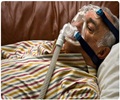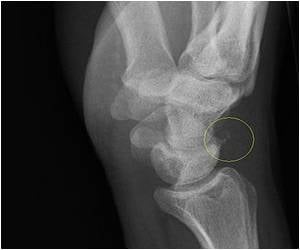Scientists have identified a protective molecule in the brain which, if used artificially, may prevent brain damage from the likes of stroke, head injury and Alzheimer's.

Lead author of the research Dr Igor Medina from the Université de la Méditerranée said: "Neuron damage can result from acute events such as stroke, epilepsy or head injury or by chronic degeneration found in Alzheimer's and Parkinson's.
"When brain tissue is damaged, cells often continue to die after the initial stimulus has stopped. So it is important to find a way of stopping this cascade of cell death."
KCC2 is known as a 'neuronal membrane transporter' and plays a valuable role in regulating brain cell growth and their connections with other neurons. Previous research has shown that the level of KCC2 drops drastically after the brain has been injured, but it was unknown whether this drop was causing the damage to the cells, or was decreasing because of it.
"The destiny of neurons in a damaged brain depends on a tiny equilibrium between pro-survival and pro-death signals. We wanted to know what KCC2 was signalling for – was it killing neurons or protecting them after an injury? Our study has found that KCC2 actually rescues the damaged cells."
The team studied damaged neurons from the hippocampus region of the brain, an area responsible for attention, spatial memory and navigation. They removed KCC2 altogether from damaged cells and found they died. But when they artificially increased the levels of KCC2 (by stimulating its expression using gene therapy), they found the damaged cells were protected from further damage, and death.
Advertisement
Now the protective function of KCC2 is known, scientists can look at ways to maintain its levels in the brains of injured patients and prevent the cascade of damage that occurs. This could be achieved pharmaceutically, to naturally increase the levels of KCC2, or with gene therapy to introduce artificial KCC2.
Advertisement
Source-Eurekalert














